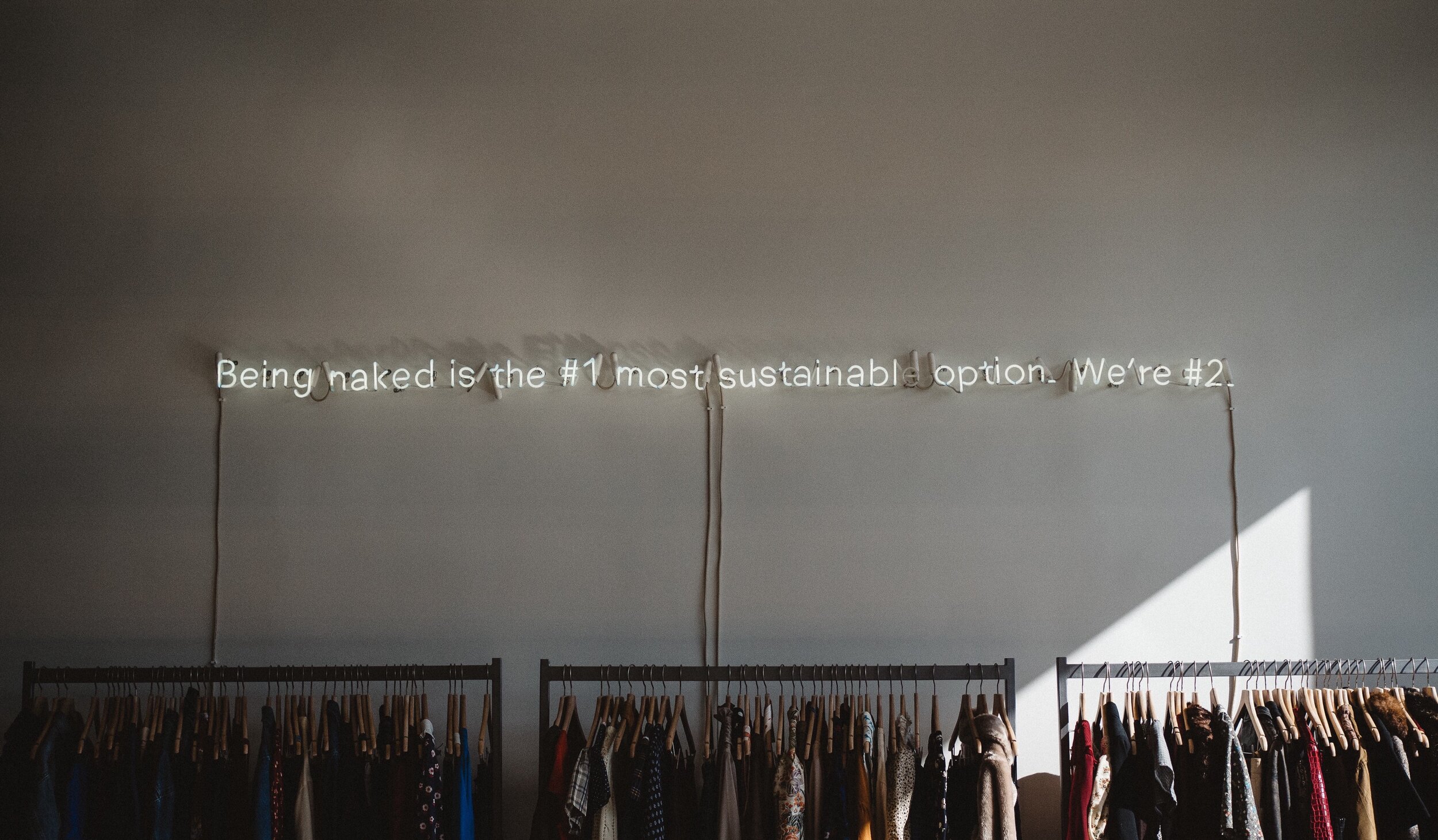How to bring a challenger brand mindset to marketing sustainability
Illustration from Van Moof’s ‘Ride the future’ campaign.
Sustainability is about deep structures of businesses and the economy—about ethical supply chains, issues of equity in the workplace, and corporate governance—more than it is about marketing. But because marketers know where the consumer or the category is heading better than anyone else in the business, this can be a brand-led process. So how best to tell that story? Mark Barden, partner at eatbigfish shares seven tips for how to bring a challenger mindset to marketing sustainability.
Allbirds creatively show the sustainable materials used to manufacture its products.
1. Be as creative in the marketing of sustainability as you have been in making your product sustainable
If you’ve done the hard work of innovating in the supply chain or company structure, don’t ruin it with boring marketing. Hire great creative people to make your marketing as ‘wow’ as your product.
2. Ditch the clichés and conventions of “green” because they are invisible
Job #1 for marketing is and always will be to get noticed. And if you’re defaulting to clichés you won't achieve that. Build a collage of all the category conventions so far. Then write “Don’t do this” on it, and put it somewhere visible to remind you and your team every single day that you must do different.
3. Make the inspiring but invisible stuff visible — if it can be interesting
If you’ve really worked hard to fix the supply chain but it’s largely invisible to the consumer, get creative in how you make it visible. That’s Burger King’s ‘Moldy Whopper’, but it’s also Levis’ ‘Future Finish’ film about laser ageing jeans (to cut down on energy use of stone-washing) that has over 4 million views.
Reformation’s in-store message avoids the clichés of sustainability messaging by accepting the limitations of its sustainability credentials. Photo by Charles Etoroma.
4. Only bold ideas - aim for fame or don’t bother, think “drama and surprise”
It’s Binet & Field 101. Make “fame” your key metric. Ask yourself when evaluating ideas “is this surprising?” and “will it make us famous?” and if the answer is no, stop it at once (see points #1 and #2).
5. Don’t be afraid to call out “the monster” - it threatens us all and needs to be slain
All challenger narratives get interesting once we know the monster. For VanMoof it’s the car, for Oatly it's the cow. That thing in the world or in your category that threatens all of us and that you are on a mission to slay. Don’t let people tell you that you always have to be positive. Name and shame if you must. Who else is going to tackle it if not you? This is how you build brand advocates.
Burger King’s ‘Moldy Whopper’ campaign strongly polarised opinion which only created more fame. Photo: Burger King
6. Criticism of bold ideas is inevitable and a positive metric
If you do points 1 to 5 well, you’re bound to piss off someone. And if you’re not, that’s a clue that you’re not being bold enough. It would’ve been easy for Burger King to do a boring “we’ve taken the preservatives out of the whopper” campaign and everyone would’ve yawned. But instead, they dramatized their point in an almost absurd way: point a live webcam at a Whopper and watch it go mouldy over the course of a month. Are they nuts? What about appetite appeal? That’s disgusting. But that’s the kind of crazy that the modern marketer needs amidst the cacophony of noise that is the modern market. The ‘Moldy Whopper’ was on every blog, social feed and morning breakfast show in the country getting liked, disliked, and whatever – and sales were up 14%, positive brand sentiment +88%, product improvement measures +26%. Make criticism a key metric along with fame and be ready for the blowback. Celebrate it when it happens, because the status quo won’t go down without a fight. Know that you have right on your side and enlist your advocates to defend you.
Patagonia’s ‘Vote The Assholes Out’ was a bold move that paid off. Credit: Patagonia
7. You’ll need to be brave
Every time we see a bold challenger, from Oatly to VanMoof, Tony’s Chocolonely to Patagonia, what we’re really seeing is the work of someone who took a risk and said “yes” to a bold idea. That’s not easy. It’s still one of the rarest things in this world — getting a yes to a big idea. Source your own strength from your personal belief in the mission.





